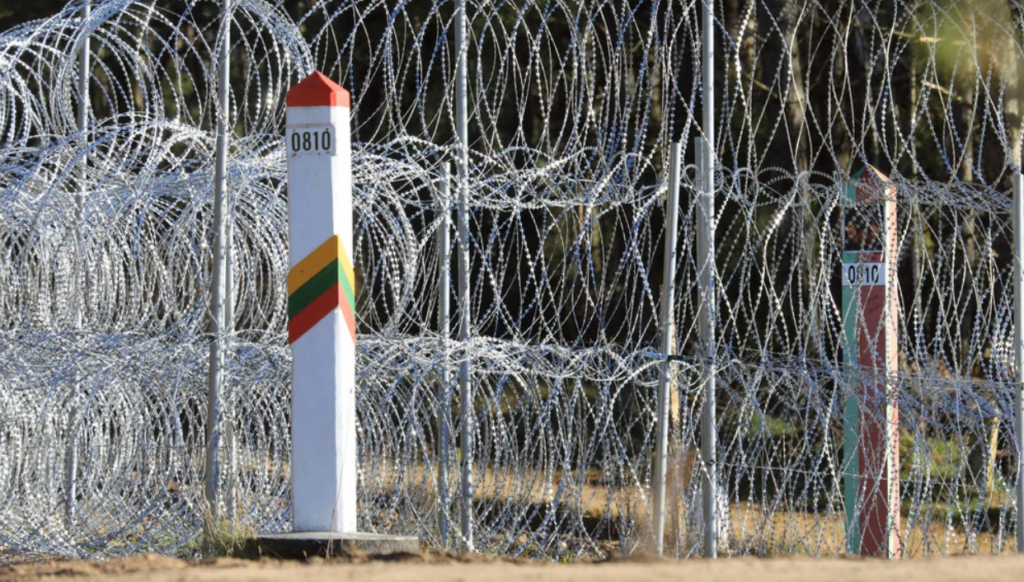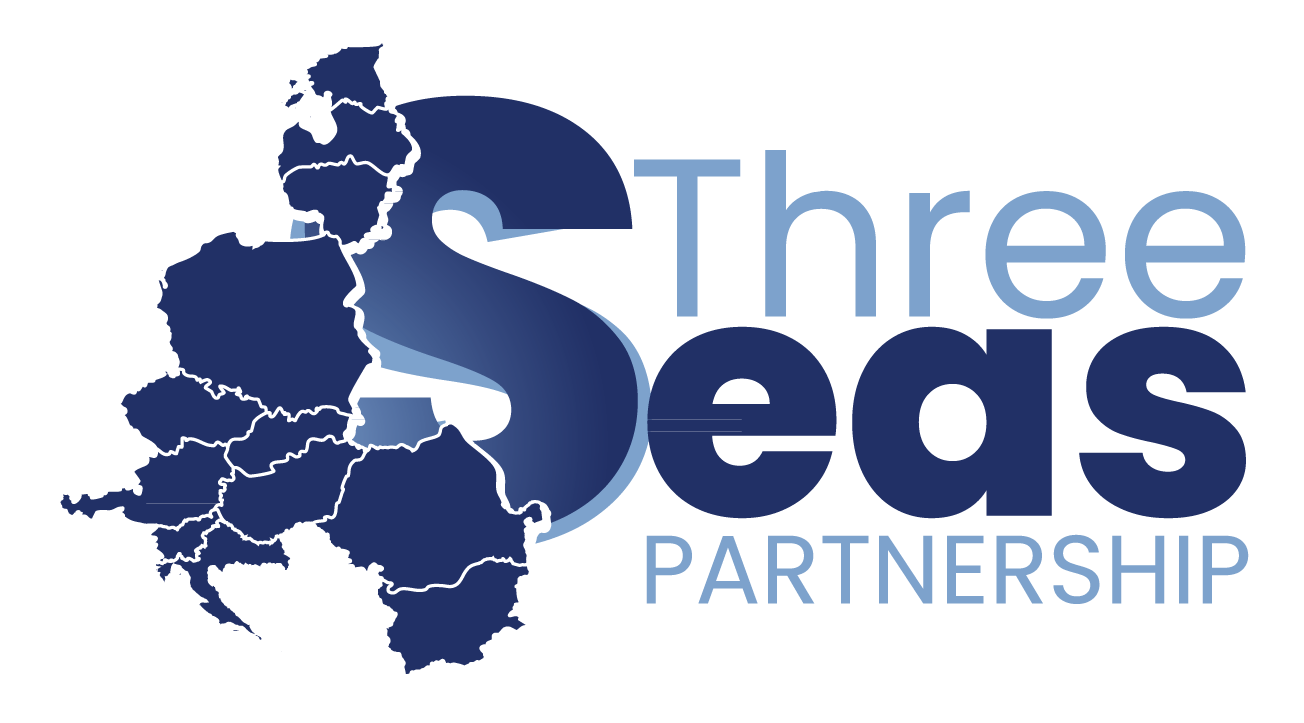Tightening Immigration and Border Policy Initiatives in the Baltics

Photo: Petras Malukas / AFP/East News
In response to escalating geopolitical risks and hitherto unseen migration pressures, the Baltic States have radically redesigned their border policy. This change has resulted in Lithuania, Latvia, and Estonia implementing strict border controls, erecting new security infrastructure, and tightening immigration regulations. It was sparked by Belarusian President Aleksandr Lukashenka’s weaponization of migration and further aggravated by the Russian invasion of Ukraine. These actions underline the complex web of security issues in Eastern Europe and demonstrate the urgent necessity for strong defences against hybrid warfare tactics. They are supported by regional collaboration and international aid.
The Baltic States have dramatically tightened their border procedures in recent years in response to mounting pressure from migration and security risks. Countries like Lithuania, Latvia, and Estonia have had to quickly modify their immigration laws and border security measures due to a combination of the region’s broader geopolitical tensions, especially the Russian invasion of Ukraine in 2022, and Belarusian President Alexander Lukashenka’s strategic use of migration as a political tool. These measures consist of building border barriers, establishing states of emergency, and improving monitoring capacities. The Baltic States’ security concerns are intricately linked and multifaceted, as seen by the regional cooperation they have participated in and the international assistance they have received to tackle these issues.
Russian state media frequently portrays the more stringent immigration and border security measures in the Baltic States as the result of Russophobia. These actions are a reaction to the way that migration has been used since 2015 as a tool for asymmetric hybrid warfare. Peak global attention was given to this topic in 2021 during the Belarusian crisis, and earlier that year in the Arctic Circle region. Belarus’s president since 1994, Alexander Lukashenka, has become subject to harsh EU penalties and increased international censure after contentious elections in 2020 and the 2021 hijacking of a Ryanair aircraft. Lukashenka gave in to pressure and used migration as a political instrument, allowing migrant flows into Belarus to create a crisis at the borders with the European Union. This included state-controlled travel packages, visa facilitation, and diplomatic manoeuvres that culminated in a humanitarian crisis that highlighted the geopolitical manipulation of migration. The Russian invasion of Ukraine and the Belarusian migrant issue have complicated and linked Eastern European geopolitics, casting doubt on the region’s understanding of both strategies.
Lithuania has significantly increased border security measures in response to a sharp rise in unauthorized border crossings. In the first half of 2021, the number of migrants on the Lithuanian-Belarusian border grew eightfold; in June alone, the number of asylum applications surpassed the amount for the two years prior. Lithuania emphasized the necessity for a robust border protection system in June by declaring a state of emergency in its border counties. Emergency aid totalling €36.7 million was given to Lithuania by the European Commission with the primary goals of assisting in the identification of human trafficking and aiding those in need of international protection. Frontex also sent more than 100 officers to help, and Lithuania started building a 508-kilometer razor-wire fence to border Belarus. The Lithuanian government has insisted that official asylum processes are still open even if it is turning away refugees. These steps highlight Lithuania’s swift reaction to what it sees as President Lukashenka of Belarus’s hybrid warfare.
In August 2021, a five-fold weekly surge in migrant arrivals led Latvia to proclaim a state of emergency. The original duration of this state of emergency—which was supposed to terminate on November 10—was extended to February 10, 2022. It covered Belarusian border counties and permitted the forcible return of undocumented migrants. Due to supply problems, Latvia’s plans to build a 37-kilometre border fence were postponed. By 2024, an additional 130 kilometres have been built. Around 3,000 soldiers have participated as well in a month-long military drill in the Latgale region, announced by Defense Minister Artis Pabriks in 2021. The NATO, Russia, and Belarus border was the site of the drill. Due in large part to efficient border administration and the situation at the Polish border, which lessened the pressure on migration at the Latvian-Belarusian border, illegal border crossings peaked in October 2021 but drastically decreased in November.
Although not immediately affected by the migration issue in Belarus, Estonia has imposed temporary limits at its border with Russia because of the Pskov airport’s closeness, which may result in migrants entering Estonia. To increase security, the nation has improved the infrastructure at the borders and supplied police tools like drones. Along with Lithuania, Latvia, and Poland, Estonia is a member of a consultation mechanism aimed at coordinating actions and exchanging strategies about the constraints on migration and the wider security concerns in the region.
In 2022, following Russia’s invasion of Ukraine, the Baltic States and Poland imposed bans on the entry of Russian citizens, with exceptions for specific cases such as family reunification, residence permits, and grey passports[1] in Estonia. The overt and implicit threats from Russia led to the tightening of immigration laws across these countries. They successfully persuaded NATO, the UN, and the EU of the dangers posed by Belarus’ strategy, bringing the issue to the forefront, including discussions at the UN Security Council. The focus has been on bolstering human resources support and combating disinformation. Frontex has helped in the Baltic States but not in Poland, highlighting a regional approach to addressing the security and migration challenges exacerbated by the Belarusian and Russian actions.
The migratory crisis that Poland and the Baltic States are currently experiencing have brought attention to how complicated regional security is in Eastern Europe. Due to the political manipulation of migration by Belarusian President Alexander Lukashenka, these nations have been forced to quickly strengthen border security and take emergency action. With the help of EU subsidies and Frontex support, Lithuania and Latvia erected border fences declared states of emergency and improved their border control capabilities. Although not immediately affected, Estonia increased border security and took part in regional consultations to plan its reaction. These issues were made worse by the Russian invasion of Ukraine in 2022, which resulted in stricter immigration regulations and restrictions on the admittance of Russian nationals. Given that Belarus and Russia constitute strategic threats, the EU, NATO, and other international organizations have recognized the need for international collaboration considering the current geopolitical tensions. In addition to the useful border security improvements, the emphasis on countering misinformation and human resource support also shows a holistic strategy for preserving regional stability in the face of persistent hybrid warfare tactics.
______________________________________________________
[1] For some foreigners living in Estonia, the alien’s/grey passport, issued by the Republic of Estonia, is an essential travel document. This passport is intended only for those who have a valid right of residency or residence permit in Estonia but are unable to obtain a travel document from their place of origin. During the application procedure, applicants who are 12 years of age or older must provide their fingerprints; for security reasons, these fingerprint images are integrated into the passport. The alien’s passport guarantees its holders a reliable and long-term travel document with a maximum 10-year validity period.
Author: Róbert Gönczi
The „Three Seas Partnership” program is financed by the National Institute of Freedom – Center for the Development of Civil Society as part of the Government Program Civic Initiatives Fund #NOWEFIO for the years 2021-2030.
